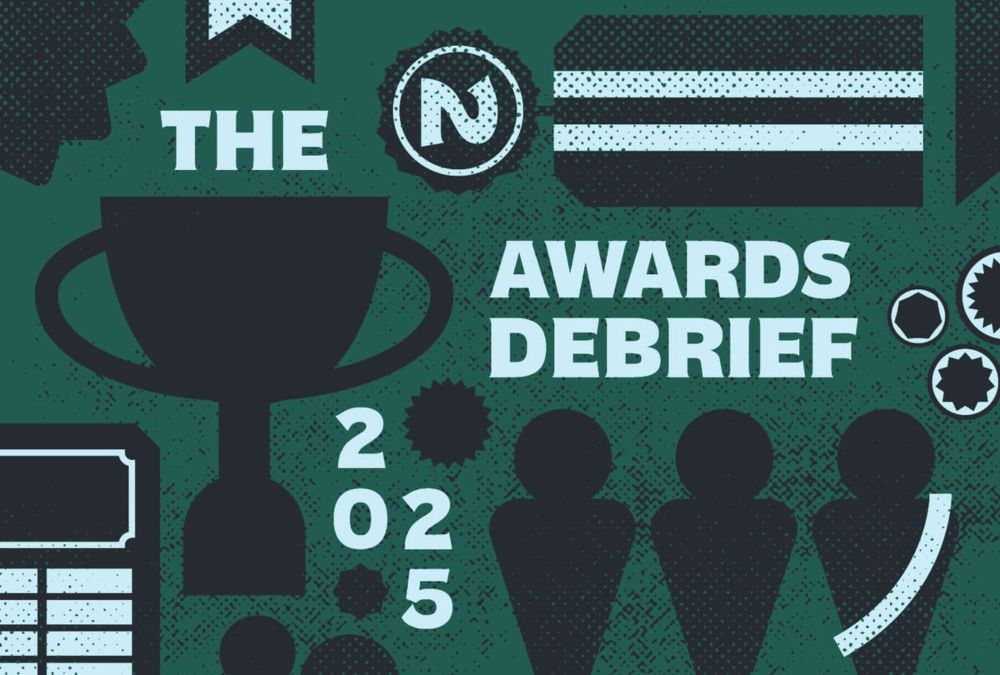Seraphina Garcia Ramirez
@seraphimseraphina.bsky.social
130 followers
310 following
63 posts
she/her • Writer, Game Designer, Professional Amateur • Co-moderator of the Dice Exploder Discord server • trans queer woman of color • that friend who probably has a game recommendation for you
Posts
Media
Videos
Starter Packs
Reposted by Seraphina Garcia Ramirez
Reposted by Seraphina Garcia Ramirez
Reposted by Seraphina Garcia Ramirez
Reposted by Seraphina Garcia Ramirez
Reposted by Seraphina Garcia Ramirez
jess
@jessfrom.online
· 29d
Reposted by Seraphina Garcia Ramirez









![2.1 Lenses, Not Boxes
I wondered whether this section was necessary, but games discourse seems to repeatedly find itself adrift in questions of whether (blank) counts as a (blank). We have seen the question repeatedly: Do games count as art? [41] Do games without goals count as games? [79] Is The Sims a game? [190] Are hypertexts interactive fiction? [157] Are Twine pieces literature? [151]. In fairness to the researchers cited here, all of whom I respect immensely, many of these sources pose or imply the question rhetorically. Still, the necessity of such a framing frustrates me.
“Is a ?” is, in my opinion, a fruitless question. The question can never be answered to anyone’s satisfaction, and it often serves as either a provocation to espouse politics or as a cover to institute gatekeeping. Its agenda is usually opaque to onlookers and bewildering to those trying to advance the field from across disciplines.
We should be thinking in lenses, not boxes.
It is always more interesting to ask “If we think of through the lens of (blank), what do we learn?” We know it is more interesting to ask “What do we learn by considering Tom Stoppard through the lens of poststructuralism?” than to ask “Is Stoppard’s work poststructuralist?” And while some works may be more or less fruitful when examined through different lenses, sometimes the most unlikely pairings of lenses and objects are the most rewarding. Certainly any of the questions above would be much better served by reframing them in this way.](https://cdn.bsky.app/img/feed_thumbnail/plain/did:plc:cdxsm75rownk2vqn7545giu5/bafkreih2vbzhicfvkeyjkezprvsyxsfmejop7ti46ixidpmut2agyjzmse@jpeg)